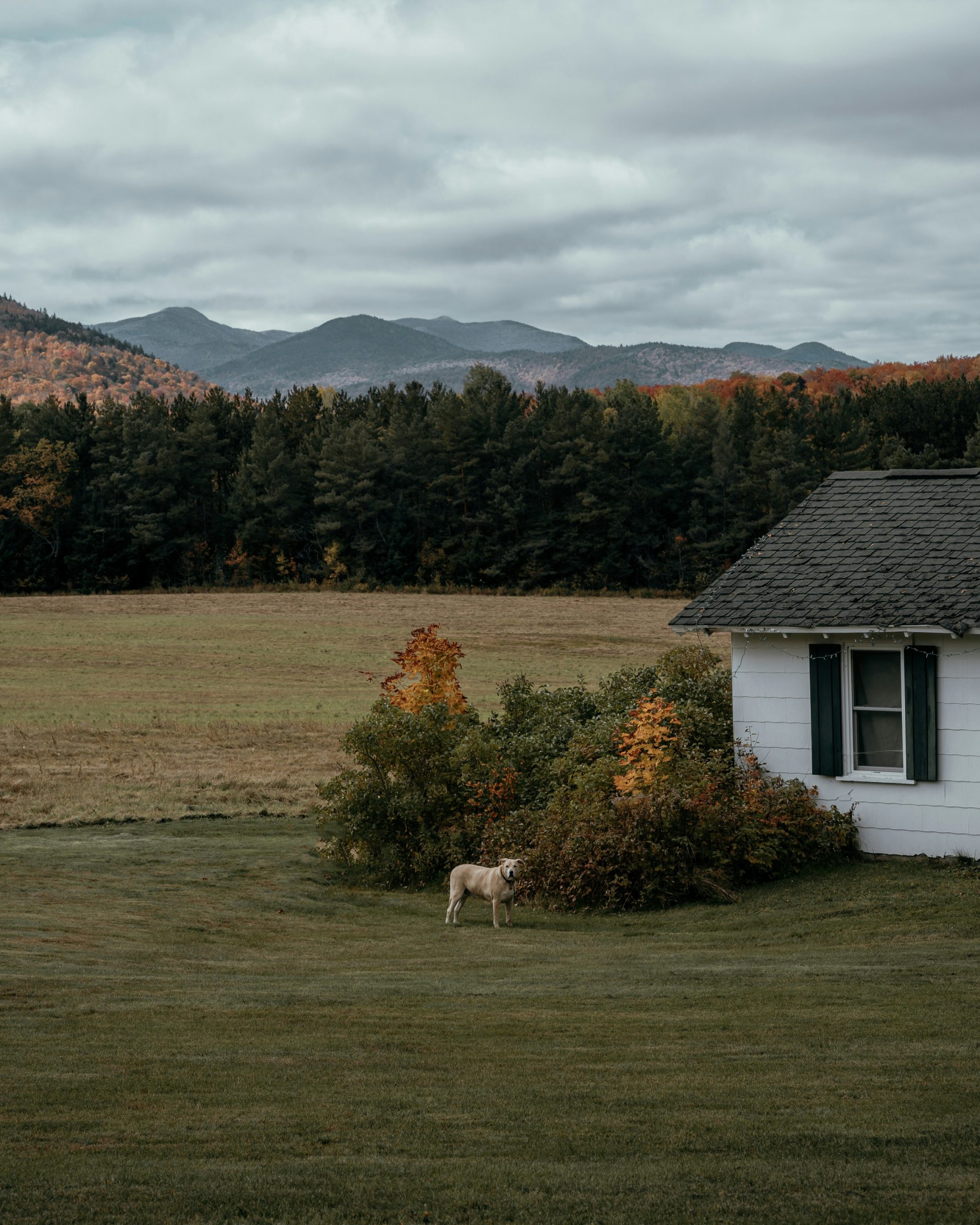How to Prepare Your Lawn for Cooler Months
As the cooler months approach, getting your lawn ready for winter becomes a top priority for any homeowner or garden enthusiast. It’s time to swap out the summer care routine for some fall lawn preparation tips that will keep your grass looking lush and healthy come spring. From adjusting your mowing habits to giving your soil a little extra love, there are simple steps you can take to ensure your lawn thrives. Whether you’re a seasoned gardener or just starting out, our seasonal lawn care advice will guide you through the process with ease. So grab your rake, put on that cozy sweater, and let’s chat about how to prepare your lawn for winter!## Essential Lawn Care Steps
As we move into the cooler months, it’s crucial to take care of your lawn to ensure it stays healthy through winter and bounces back strong in spring. Let’s dive into some key steps you can take to prepare your lawn for the colder weather ahead.
Aeration and Seeding Basics
Aeration is a vital process that helps your lawn breathe and absorb nutrients more effectively. It involves creating small holes in the soil to allow air, water, and nutrients to penetrate deeper into the root system.
The best time to aerate your lawn is during the fall when grass is actively growing. This allows the grass to heal and fill in any open areas before winter sets in.
After aerating, it’s an ideal time to overseed your lawn. This process helps fill in bare or thin spots, improving the overall density and health of your grass. Choose a grass seed that’s well-suited to your climate and lawn conditions for the best results.
Fertilizing for Fall
Fall fertilization is a key step in preparing your lawn for winter. It provides essential nutrients that help grass roots grow stronger and store energy for the cold months ahead.
When choosing a fertilizer, look for one with a higher ratio of potassium and phosphorus compared to nitrogen. These nutrients promote root growth and cold hardiness, which are crucial for winter survival.
Apply the fertilizer about 2-3 weeks before the ground freezes. This timing allows the grass to absorb and use the nutrients effectively before going dormant. Remember to water thoroughly after application to help the fertilizer penetrate the soil.
Watering Tips for Cool Weather
Proper watering is essential even as temperatures drop. While your lawn needs less water in cooler weather, it’s important not to neglect this aspect of lawn care completely.
Water deeply but less frequently during fall. This encourages deeper root growth, which helps your lawn better withstand winter stresses. Aim to provide about 1 inch of water per week, including rainfall.
Be sure to water early in the day to allow time for the grass to dry before nightfall. This helps prevent fungal diseases that thrive in cool, damp conditions. Also, consider using a rain gauge to ensure you’re not overwatering, which can be just as harmful as underwatering.


